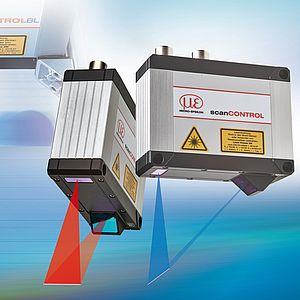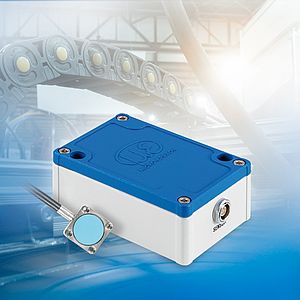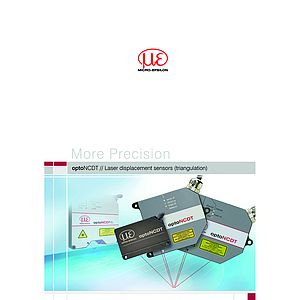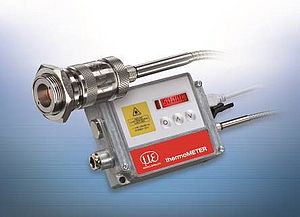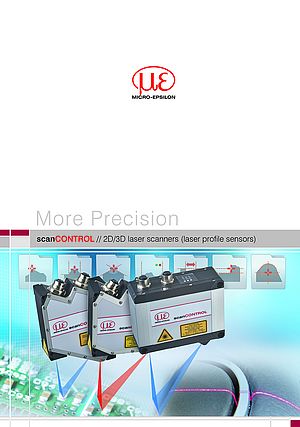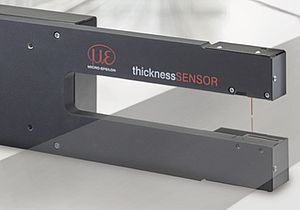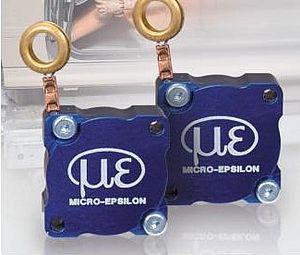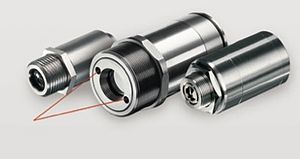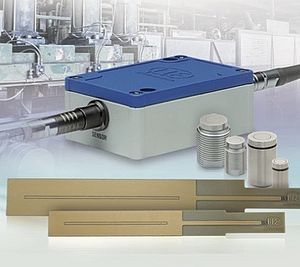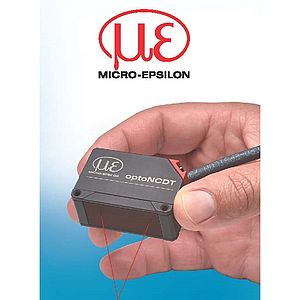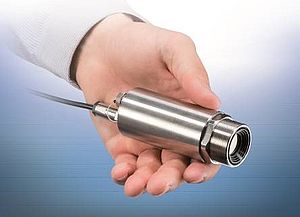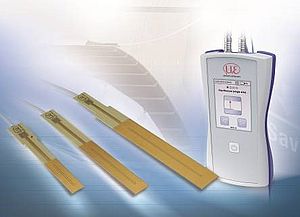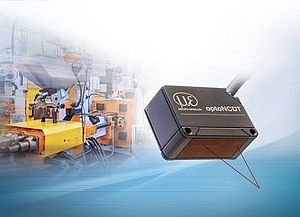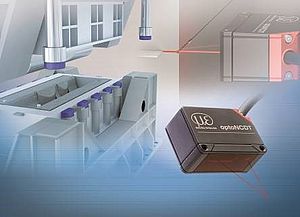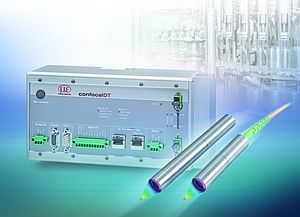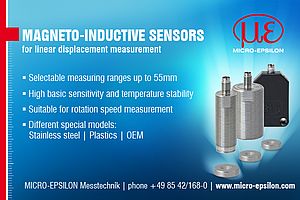Surgical procedures require a perfect view of the operating area. Surgeons often use surgical microscopes for support. A high-precision capacitive sensor is used to stabilise the microscope's field of view. The lenses of a surgical microscope are attached to long tripod arms. These enable the surgeon to accurately position the microscope and provide the surgical team with more space to manouvre. The long arm needs to be continuously adjusted at the pivot joints to keep the field of view and the focus range of the microscope stable for the surgeon at all times. The capaNCDT 6019 capacitive measurement system from Micro-Epsilon is used for this task. It measures the distance to a reference area, which reflects the arm movement in the pivot joint. If the deflection from the reference area is too large, the system issues a switching signal and the controls will return the tripod arm back to its original position. Capacitive displacement measurements are based on the principle of a perfect plate capacitor. The two plate electrodes are formed by the sensor and the adjacent measurement object. If a constant alternating current is flowing through the sensor capacitor, the amplitude of the alternating voltage on the sensor is proportional to the distance to the capacitor electrodes. Capacitive displacement sensors of the capaNCDT 6019 series are designed specifically for OEM applications.
Capacitive Sensor
Ensures quality images for surgical microscopes
- by Micro-Epsilon Messtechnik GmbH & Co.KG
- July 29, 2013
- 846 views




